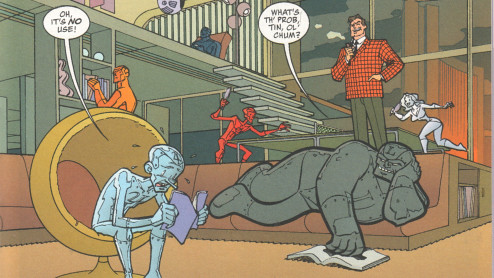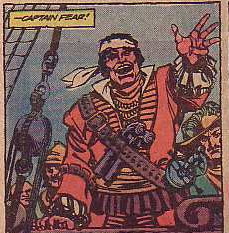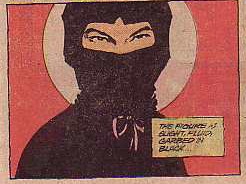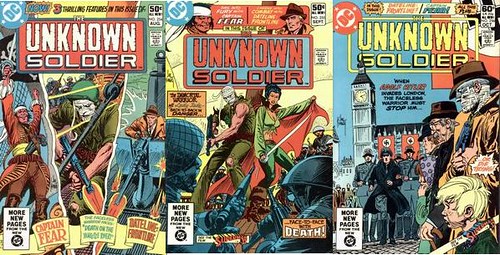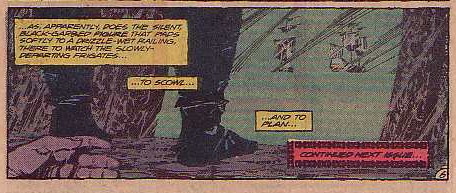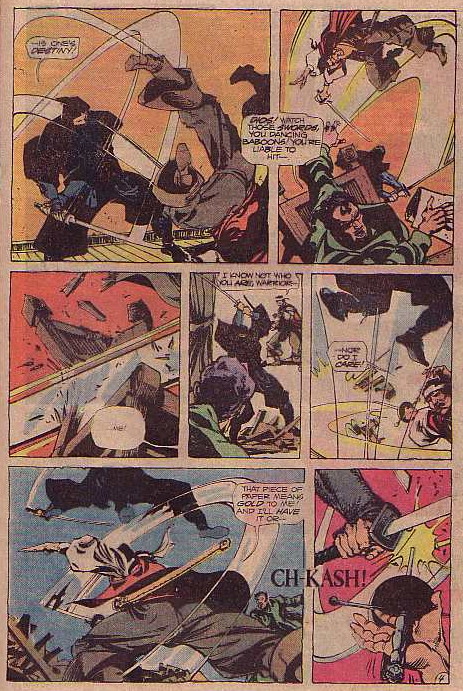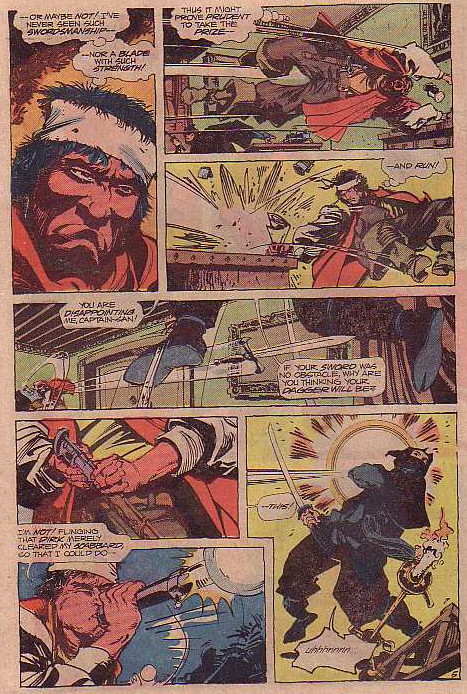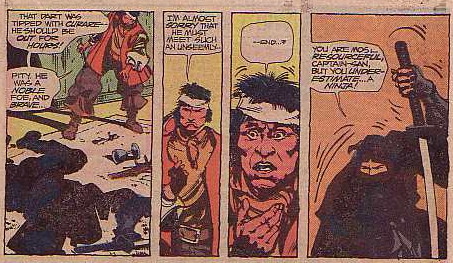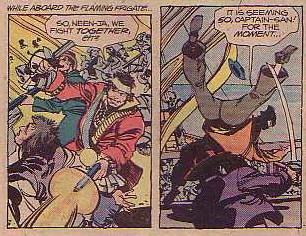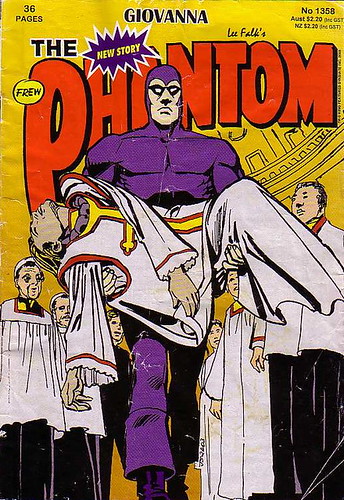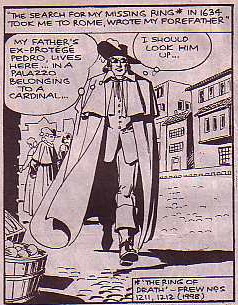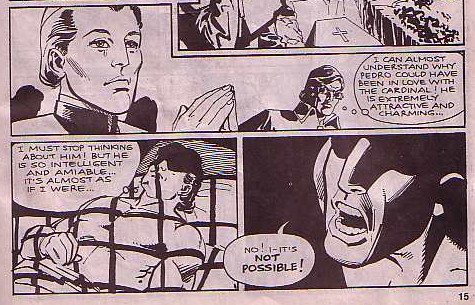Sort-of comics

The New Frontier DVD is coming out soon and I was contacted by M80, the outfit that is promoting this for Warner, and asked to spread the word. Not much of a stretch, since the comic itself is one of my favorites, especially since it features a lot of cool J'onn Jo'nzz action. Here's the official line on the film:
Justice League / The New Frontier
Inspired by the best-selling graphic novel by Darwyn Cooke and produced by the multiple Emmy® award winning animation legend, Bruce Timm, The New Frontier is the epic tale of the founding of the Justice League. Superman, Batman and Wonder Woman are all here of course, and so are Green Lantern, Martian Manhunter and Flash - whose incredible origins will be told for the very first time. Strangers at first, these very different heroes must overcome fear and suspicion to forge an alliance against a monster so formidable, even the mighty Superman can not stop it. If they fail, our entire planet will be “cleansed” of humanity.
I find it interesting that the movie is being touted as a "Justice League" movie, although I expect that this is both an attempt to connect to the general public and a bit of a lead-in to the upcoming(?) live-action movie. It also might just be an attempt to counter the pretty heavy nostalgia factor of the book and connect to a wider comics audience as well. A fellow comics fan, a generation younger than me, liked New Frontier, but didn't appreciate it as much as I did; he was a bit puzzled by what he called "all the Green Lantern love" that it contained. In any case, I'm looking forward to the DVD, if for nothing else besides the animated version of one of the best characterizations of Wonder Woman ever:

If I get a preview DVD, I'll have a little premiere party and let you know what a cross-section of folks say. And if you want more info now, check out the official New Frontier website.
Not comics at all, really

A pal of mine, Yojimbo 5, has launched a new movie review blog, Let's Not Talk About Movies. Yojimbo is a good friend of this site and no comics slouch himself, so if you're in the mood for some thoughtful commentary on movies old or new, head over there. Hey, I'll bet I can get him to review The New Frontier...
Comics scholarship
It has been a pretty busy year in the classroom: in addition to a new tenure-track position at a local community college, I have been working out a prior contract as associate faculty at a local university, so I essentially have been teaching an overload all the time. As a present to myself, Spring will be my All-Comics Quarter.
At the university, I am teaching Comics and Graphic Novels: Literary Technique in Sequential Art, a class that I have been developing for about a year. Here's the course description:
Comics in America represent a long history of artistic experimentation and expression in their development from escapist newspaper comic strips to contemporary graphic novels addressing complex themes. As it evolved, the form has developed a rich repertoire of conventions and techniques for story-telling. In this course, students will become familiar with the formal literary qualities present in comics as well as the semiotic principles immanent in pictorial narratives. Students will be able to identify and understand the structure and application of elements such as panel arrangement and design for pacing and mood; “camera angles” as expressions of time, space, and emotion; word balloon and caption types and their particular uses; sound effects and other out-of-balloon texts; narrative arcs/traditional themes; and common script preparation processes. The course is not an art class in the traditional sense of learning drawing techniques, anatomy, or perspective; rather, it explores the requirements, expectations, and particular strengths and weaknesses of the form.
We'll be reading Scott McCloud's Understanding Comics; The Language of Comics, a collection of academic essays; Paul Chadwick's Concrete (Volume 1: Depths); Jar of Fools by Jason Lutes; Kazu Kibuishi's Daisy Kutter; and the great Alison Bechtel's great Fun Home.
At the community college, I have two sections of Writing from Research (English 102); our general theme will be twentieth century popular culture and our model text will be Bradford Wright's Comic Book Nation: The Transformation of Youth Culture in America. I also have a section of College Composition (English 101), so I decided to shoot the moon and use graphic books as the texts for that class, too: Maus, Palestine, Contract with God, and Persepolis.
I have used comics to a greater or lesser degree in my English classes several times before, but haven't yet had the chance to teach comics-as-literature, so this will be fun. If you're in the Seattle area and interested in details, let me know and I'll fill you in.
Next week: maybe I'll actually read a comic book!
